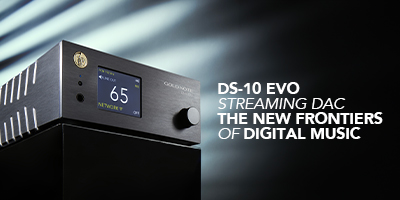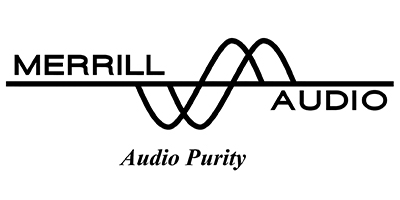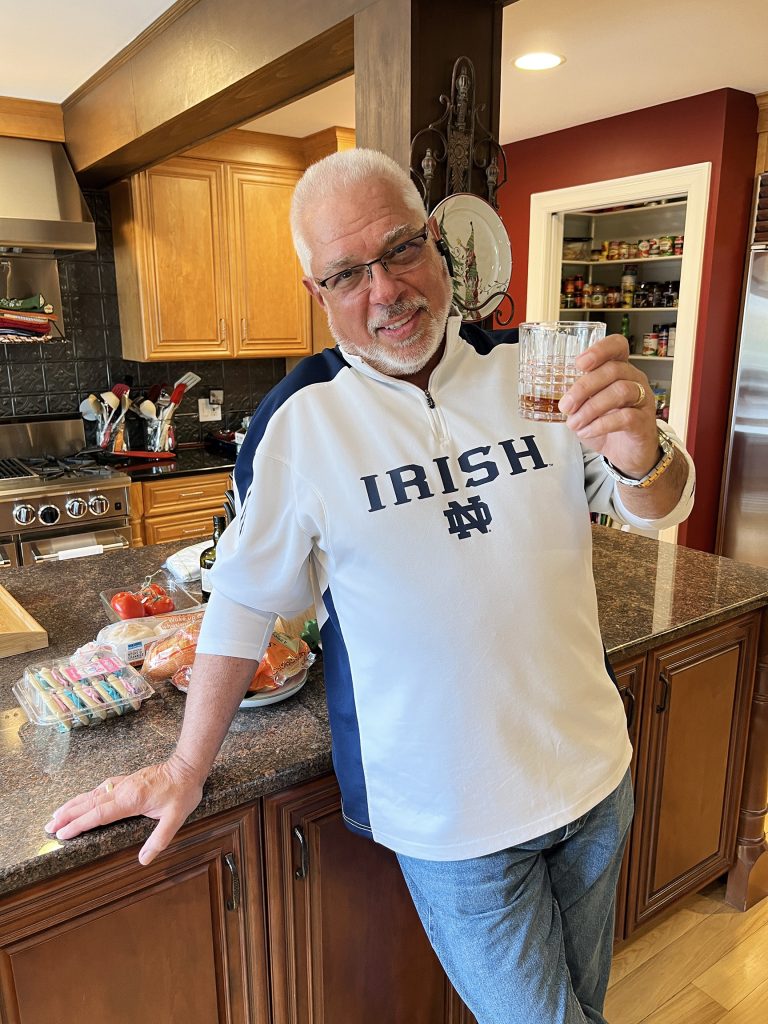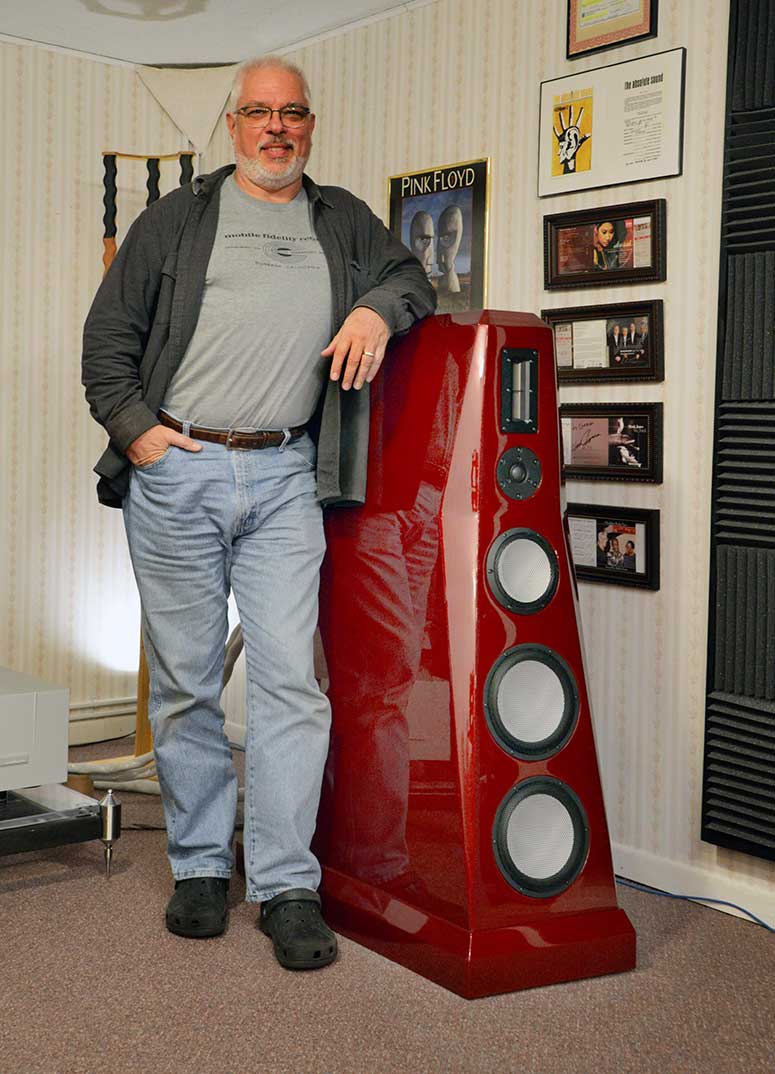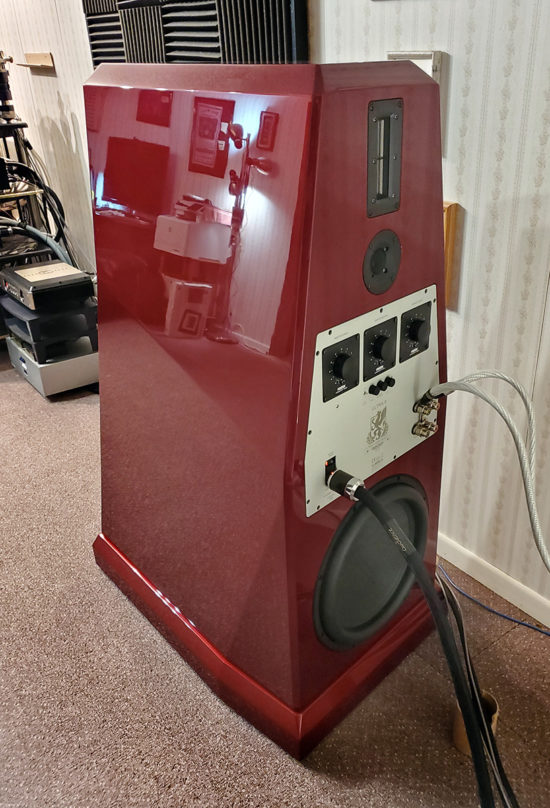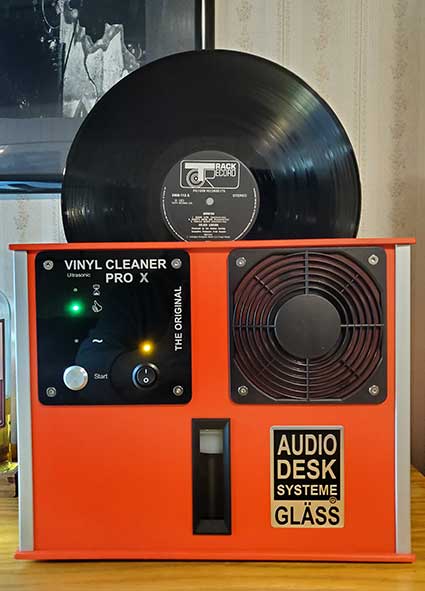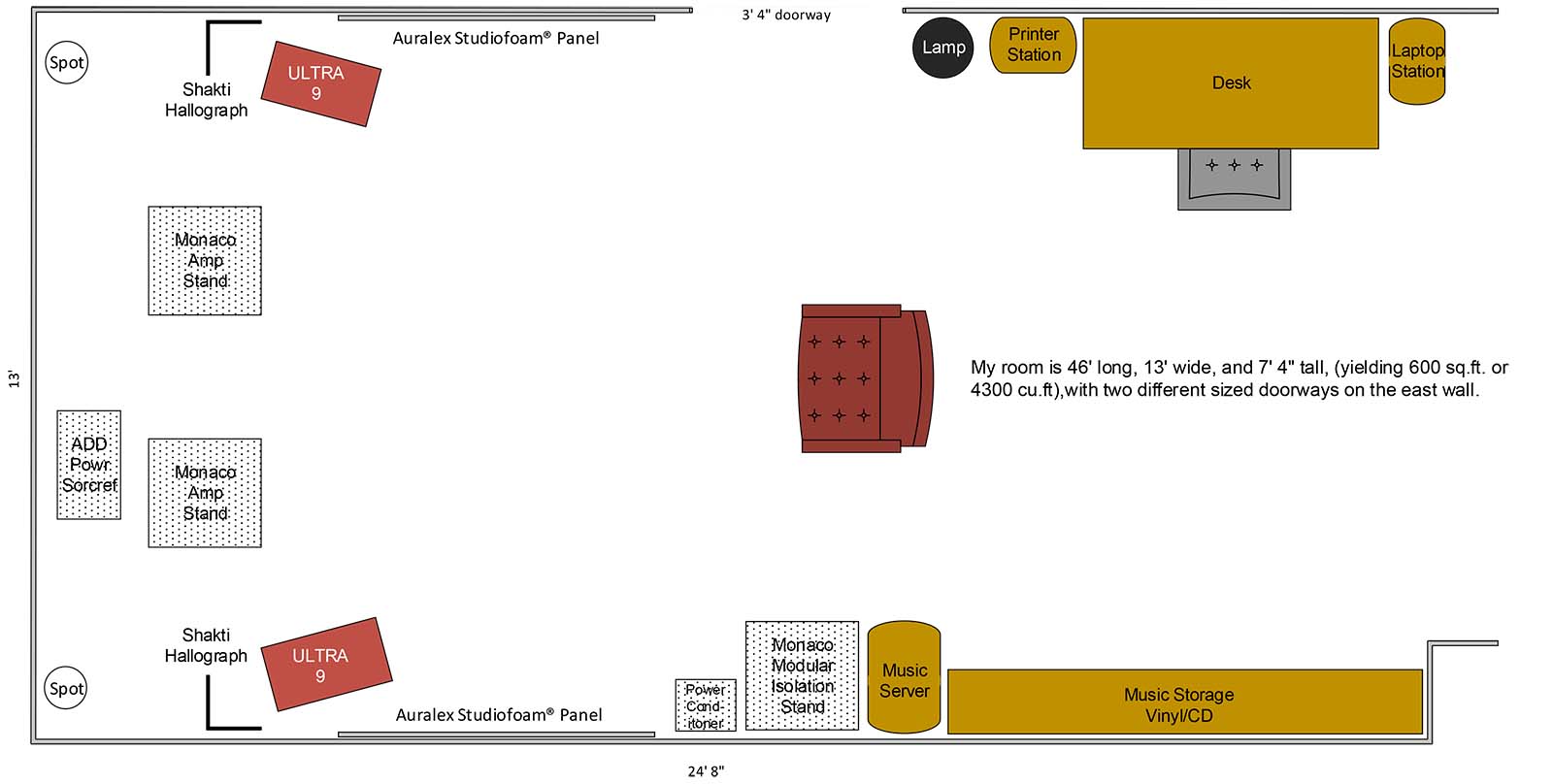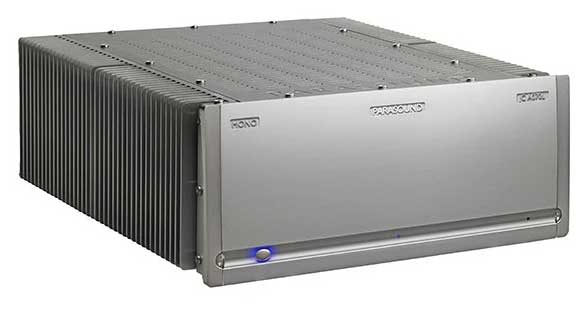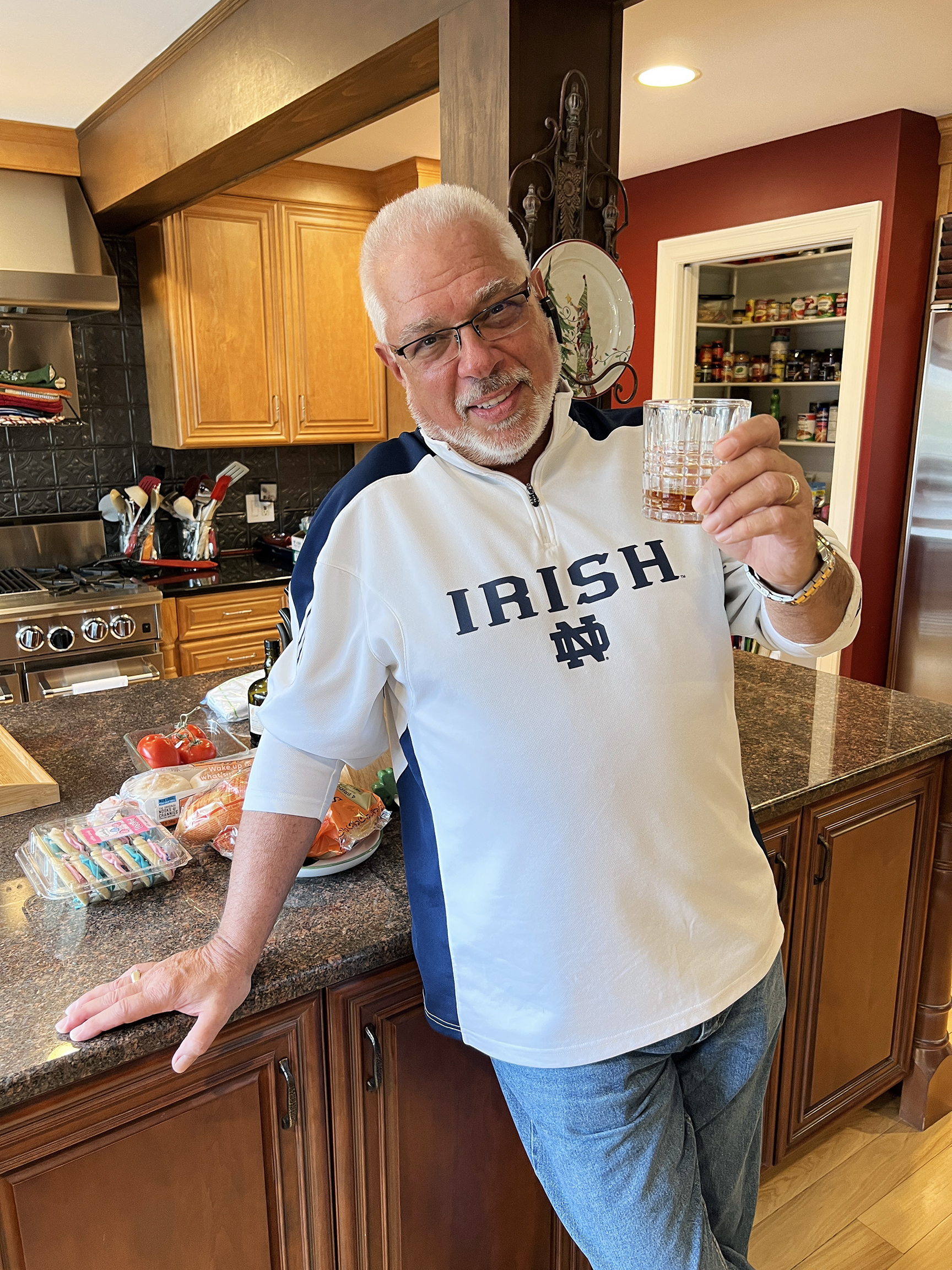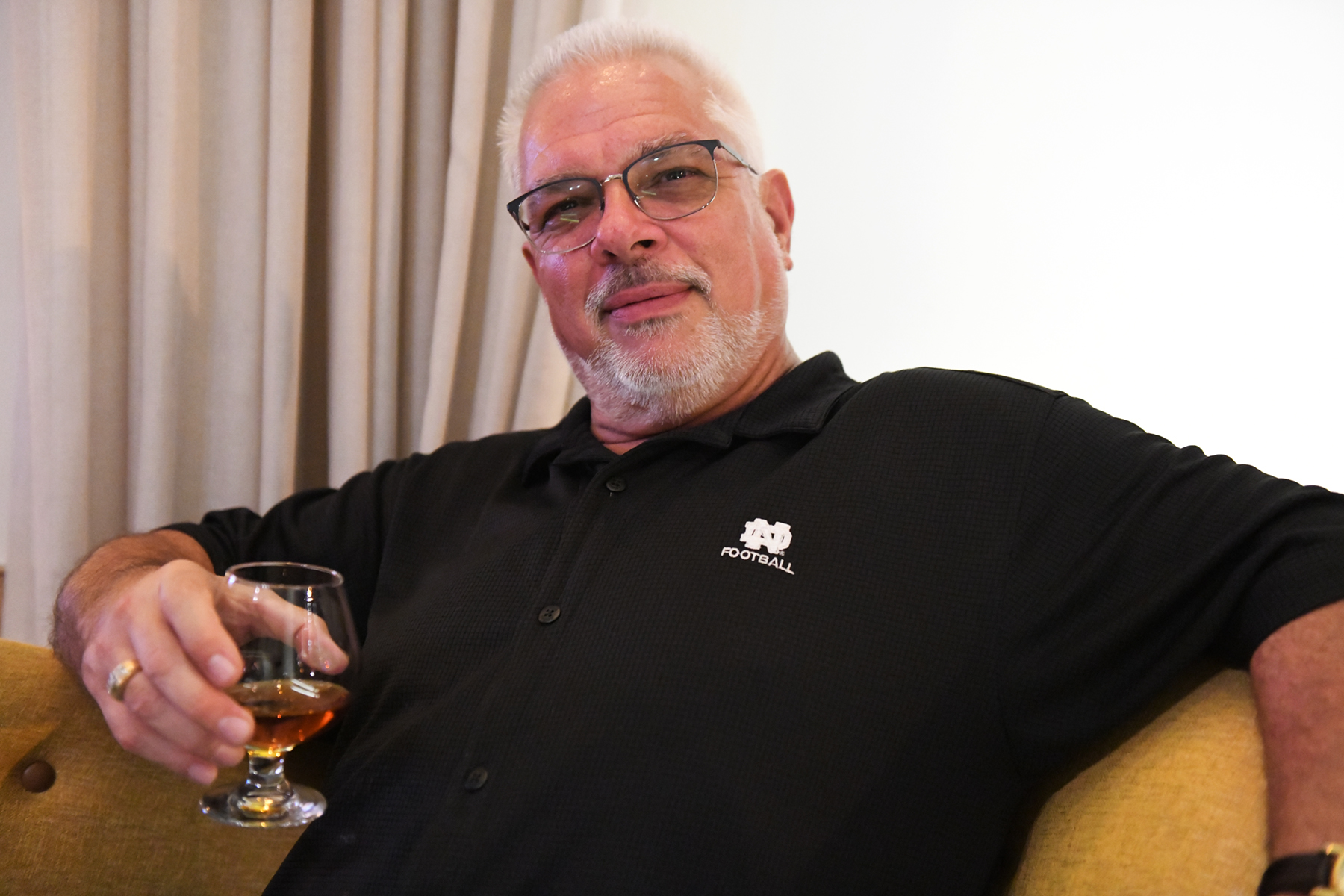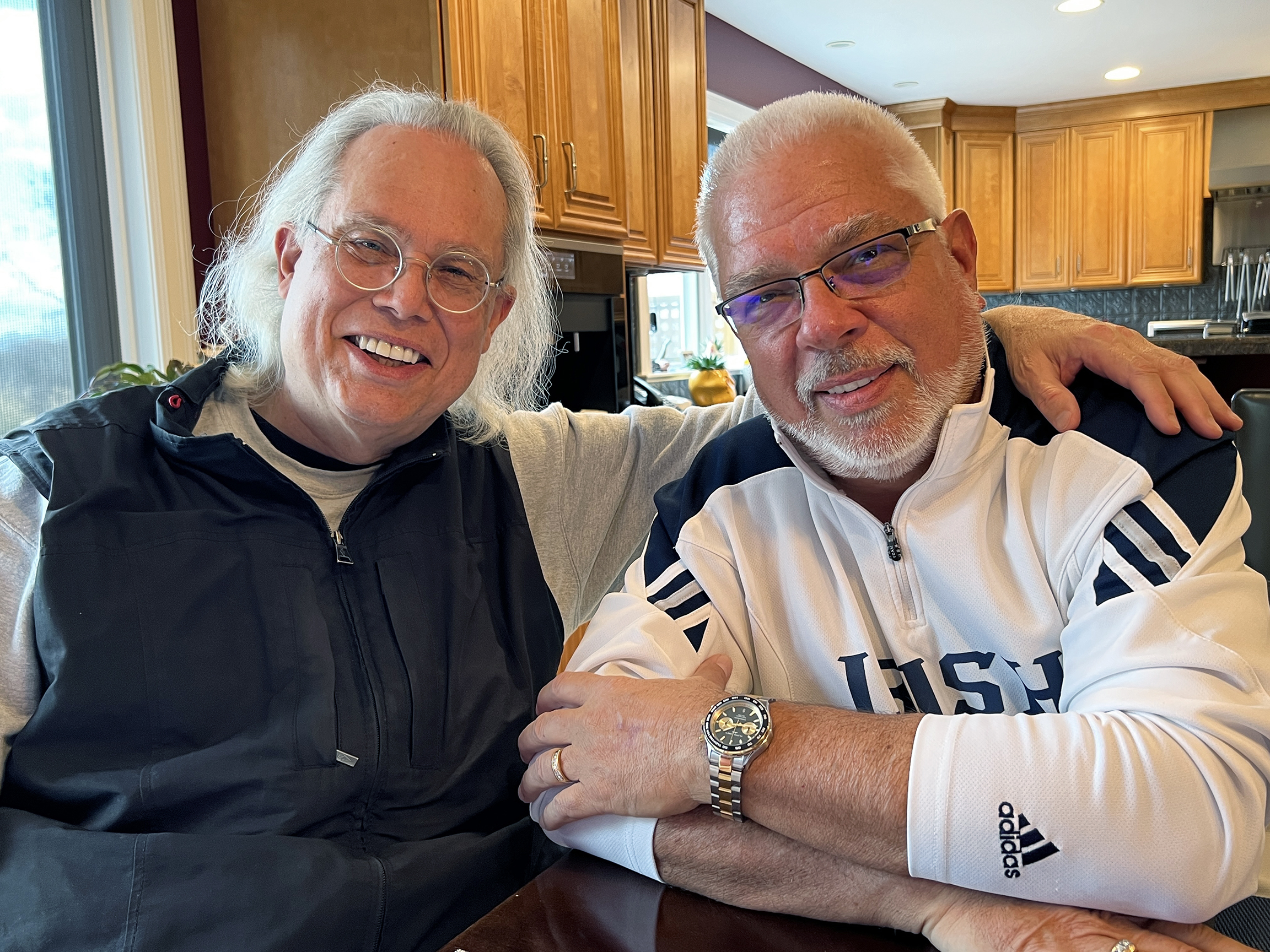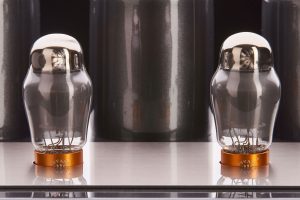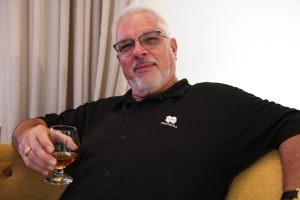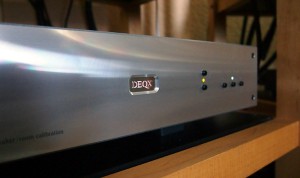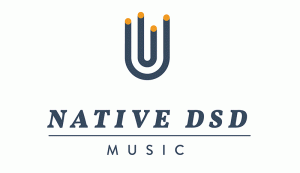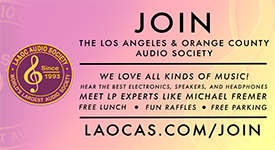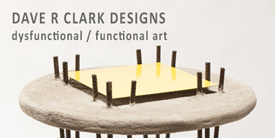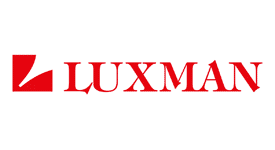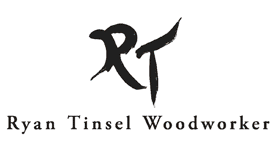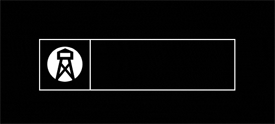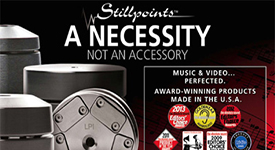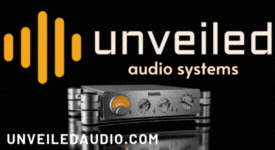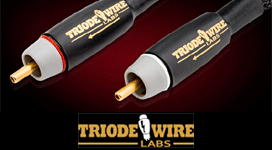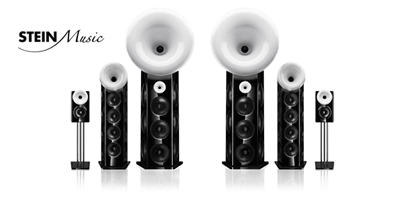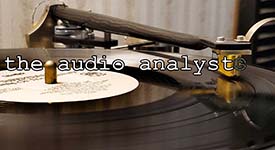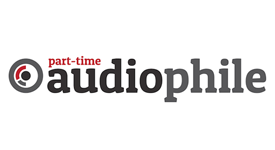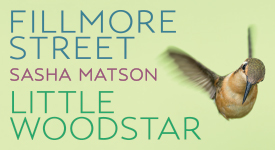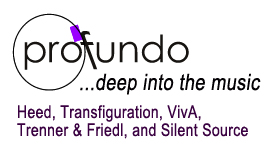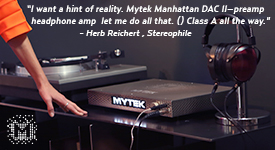
When the opportunity to evaluate the singular performance of the comparatively affordable Master Fidelity digital suite, comprised of the $27,500 NADAC D DAC and its identically priced companion, the NADAC C Clock, in my own reference system, I was beside myself with anticipation.
My enthusiasm for spending time with these components in my own reference system was driven by my previous extended and singular experiences with them. If you follow my writing or the channel, you may recall that I spent four days auditioning the Master Fidelity machines in the "Big Room" at GTT Audio in July of 2024, an experience that was chronicled with episode 185. That remarkable encounter was followed shortly by another, during a three-day press event, also held at GTT just two months later, in mid-September of 2024. While that event was focused on the launch of the monumental Vivid Audio flagship Moya M1 loudspeakers, presented with episode 193, most of that experience was spent listening to this Master Fidelity Suite. And in case you weren't reading between the lines with those two earlier works, spoiler alert—these are game-changing machines.
Execution
While it may be all but impossible for me to adequately describe and articulate the uniqueness and intricacy of their design, I hope to convey the monumental effort and expenditure that the years of complex and sophisticated development, engineering, reimagining, advances, revisions, and solutions, requiring enormous monetary investment, were necessary to realize such a significant sonic accomplishment.
Both machines, the DAC, known as the D, and the Clock, known as the C, are housed in identically milled aluminum chassis, seventeen and an eighth inches wide, standing three and three-quarters inches tall, fifteen and three-eighths inches deep, and weighing just over twenty pounds. Each chassis implements a 4 1/3" wide by 2 1/3" tall full-color touchscreen, centered vertically, to the right of center.
The NADAC D includes a slim, sleek nine-button remote, and each unit's touchscreen display facilitates control of each device, including things like access to input and filter selection, optional volume control, and displays all input and output settings, including the source file details and warmup status. The branding and model names are milled into the lower left front of each faceplate, and the Master Fidelity logo is milled into their top plate.

That is where any semblance of similarity to any other DAC and Clock suite ends. And while I'm going to walk you through the general operational principles that make them unique and pivotal music makers, I will point you to their website documentation for a more complete understanding for those who are interested. But suffice it to say that these devices are among the most unique you have ever run across.
First, Master Fidelity makes the point that the NADAC D is the world's only true one-bit DAC. Regardless of the digital file type and format it receives, every digital audio input is converted to Direct Stream Digital (DSD), a 1-bit format, for processing. Any PCM source below 96 kHz is converted to DSD128, or double DSD, which has a frequency of 5.6 MHz, while higher sample rates are converted to DSD256, or quad DSD, with a frequency of 11.2 MHz.
To accomplish this, Master Fidelity cannot use any of the current off-the-shelf, multi-bit, digital-to-analog converter chips. As such, the Master Fidelity team had to envision and realize an entirely innovative approach, one that required years of complex and sophisticated development, at staggering costs. And the result of that enormous venture yielded their own application-specific proprietary Application-Specific Integrated Circuit chip, or ASIC for short.
The NADAC D will accept data over AES3, S/PDIF—both coaxial and optical—as well as USB and RAVENNA. However, the NADAC D's USB input is based on the Amanero interface, a high-performance audio interface module via a USB-C input, rather than the more common USB-B port. And here again, Master Fidelity has redressed this standard, building a specially optimized version.
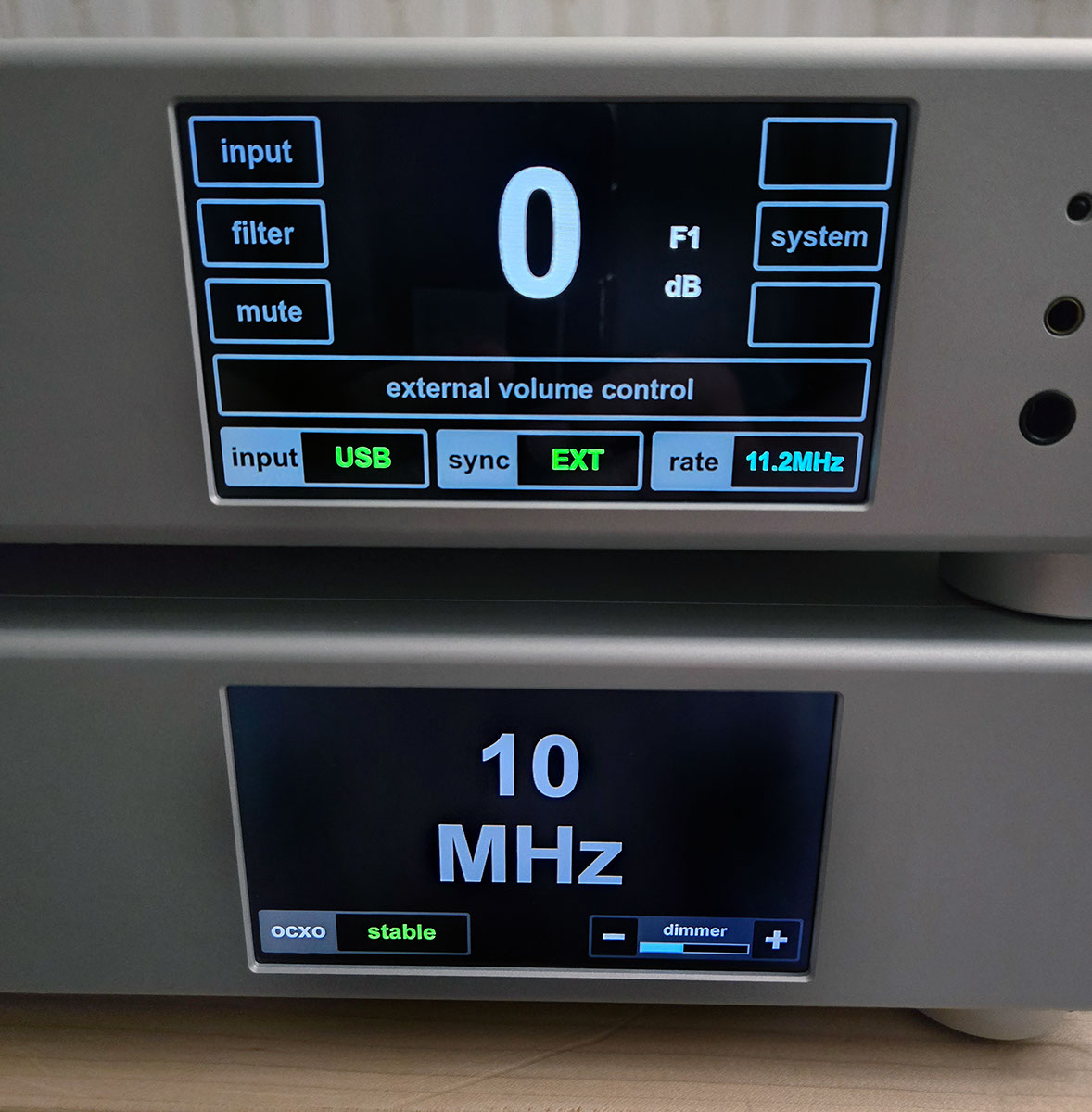
It also offers the newer RAVENNA interface, a networking protocol designed to receive digital audio over a standard Ethernet network to transmit audio, allowing for more flexible, scalable, and high-performance audio networking, rather than only transmitting data directly between a computer, streamer, or server and a single peripheral device.
While this protocol is not currently popular in the consumer market, it is well-established within the high-end professional audio equipment products used for broadcasting, production, and high-fidelity mastering. The future of the RAVENNA digital audio interface is extremely bright, given its open-standards-based foundation, ensuring both future-proofing and interoperability with other protocols for transmitting high-performance audio over IP networks.
However, once the D receives its digital source, its resultant transformed DSD signal is then converted to analog by a discrete, 1-bit conversion component. This is accomplished using a process that combines the proprietary Master Fidelity ASIC chip with the leveraging of passive precision components like capacitors and resistors to complete its "true 1-bit" architecture. The resultant signal achieves a new, elevated level of accuracy and precision, avoiding the abundant weaknesses found with the earlier, outdated, and discontinued 1-bit approaches from Philips or Sony.
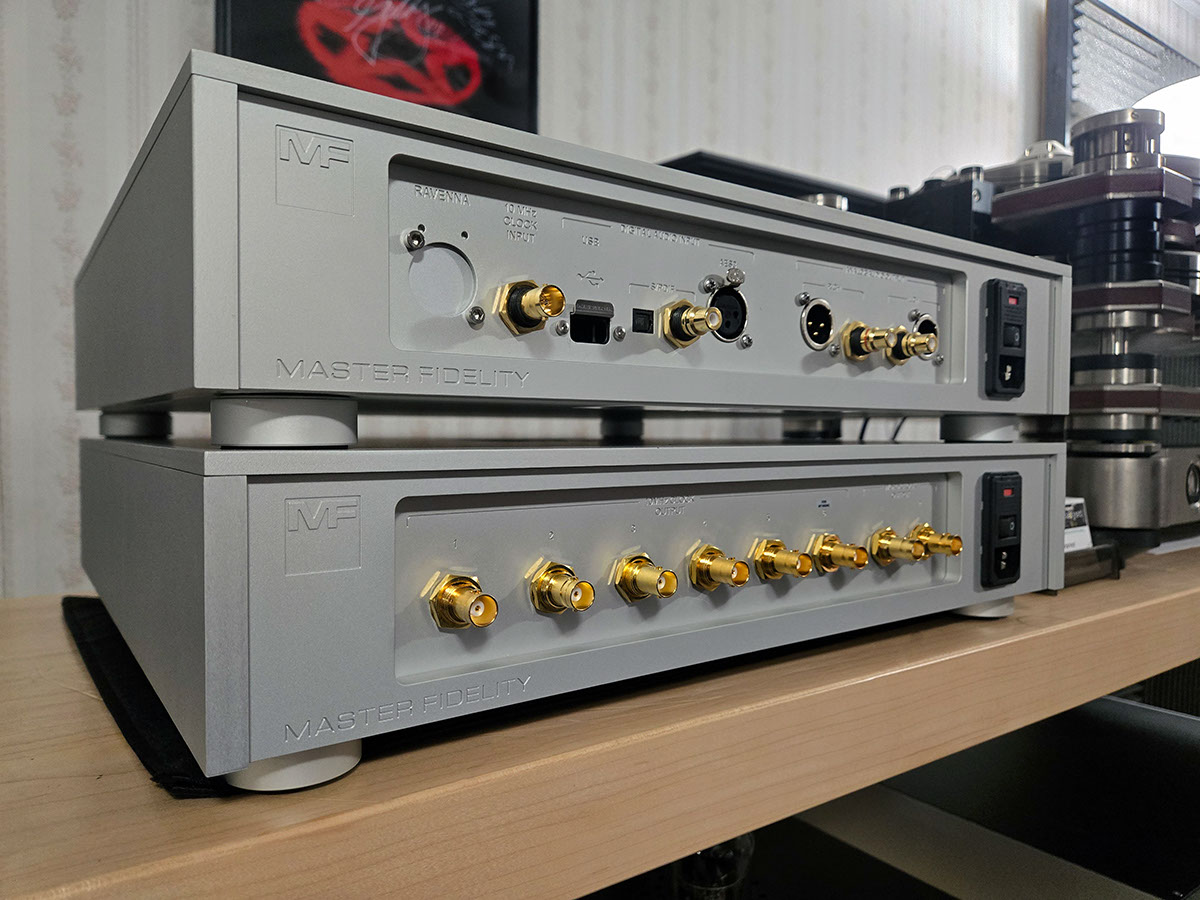
To accomplish these remarkable results, the NADAC D must utilize both extremely accurate clocking and a ridiculously high-quality power supply that leverages a constant temperature technology to ensure maximum performance during the clocking and digital-to-analog conversion processes.
While the NADAC D delivers significant performance enhancements on its own, it benefits significantly from its interdependence on the NADAC C clock. A separate, extremely accurate clocking system, the C exploits a crystal oscillator to supply a high-precision 10 MHz reference signal to the NADAC D, maximizing the accuracy of its 1-bit conversion. It exploits a "two-level frequency synthesis" technique, first creating a very stable, accurate base clock signal, and then using this stable base clock to generate the required high-precision audio frequencies. This approach ensures frequency accuracy and minimizes jitter, delivering a purer digital signal than was possible from now-discontinued and outdated technology.
By this point, it should be clear that the NADAC system's performance hinges upon its excellent 1-bit processing algorithm based on Sigma-Delta Modulation for audio, and its ultra-precise operation. Master Fidelity has leveraged the combination of its wealth of experience in algorithm development and the highly accurate clocking provided by both its internal thermally regulated system and its external NADAC C clock.
This system's singular performance is a function of the proprietary systems pioneered, designed, and executed by Master Fidelity's core team, lead designer Weishen Xu, and audiophile electronics veteran Dominique Brulhart. I had the pleasure of meeting both men over dinner at the Gaststätte Scheidegger Tavern during High End Munich 2025. Their skills, passion, and dedication were openly apparent during our time together, and only served to underscore what drove the remarkable accomplishments of these exceptional machines.
With this simplified depiction of the unique operation of these game-changing machines, let's delve into what matters most: the resultant enchanting musical spell they routinely cast over listeners, as they work together to present the most faithful and honest reproduction of digital music I've ever experienced.
Performance
As mentioned in the physical description, the NADAC D's USB input uses a USB-C port. As all my digital USB cables are USB-A at the server/streamer end, and USB-B at the DAC end, installation of the NADAC D was facilitated using the bespoke Kubala-Sosna Realization range USB-A to USB-C cable sent along with the review models by GTT Audio. And once installed, though you may begin listening immediately, the system's sonic attributes will continue to mature and improve until they reach their peak operational status, after a stated four-day thermal stabilization period. Its display lets you know when it is ready.
These machines were dropped into place, replacing my Ideon Absolute Time and Absolute Epsilon Meta DAC. Available sources for this review were my optical disc transport, my NAS, or Qobuz, and I was able to serve files from either the Ideon Absolute Stream, which I reviewed at my website (HERE), or my optimized-for-streaming Windows 11 Pro CAD Workstation. For those interested, the details on that customization process are documented at my Reference System page at my companion website. One additional benefit of the requisite four-day thermal stabilization period after installation for the NADAC C is that it also gives the components and cabling some essential settling time as well. But then, it was time to listen.
As I dug into my optical media, as well as my file collection and choice selections from Qobuz using Roon, it rapidly became apparent that I was being treated to a more distinctive rendering of both the space and immediacy of recordings than I had noted beforehand from any other DAC or digital component combination in my experience. And just to clarify, these are aural attributes that I've routinely found to be challenging for even the best digital playback gear to render as completely and competently as most accomplished analog playback systems like open reel and vinyl playback.
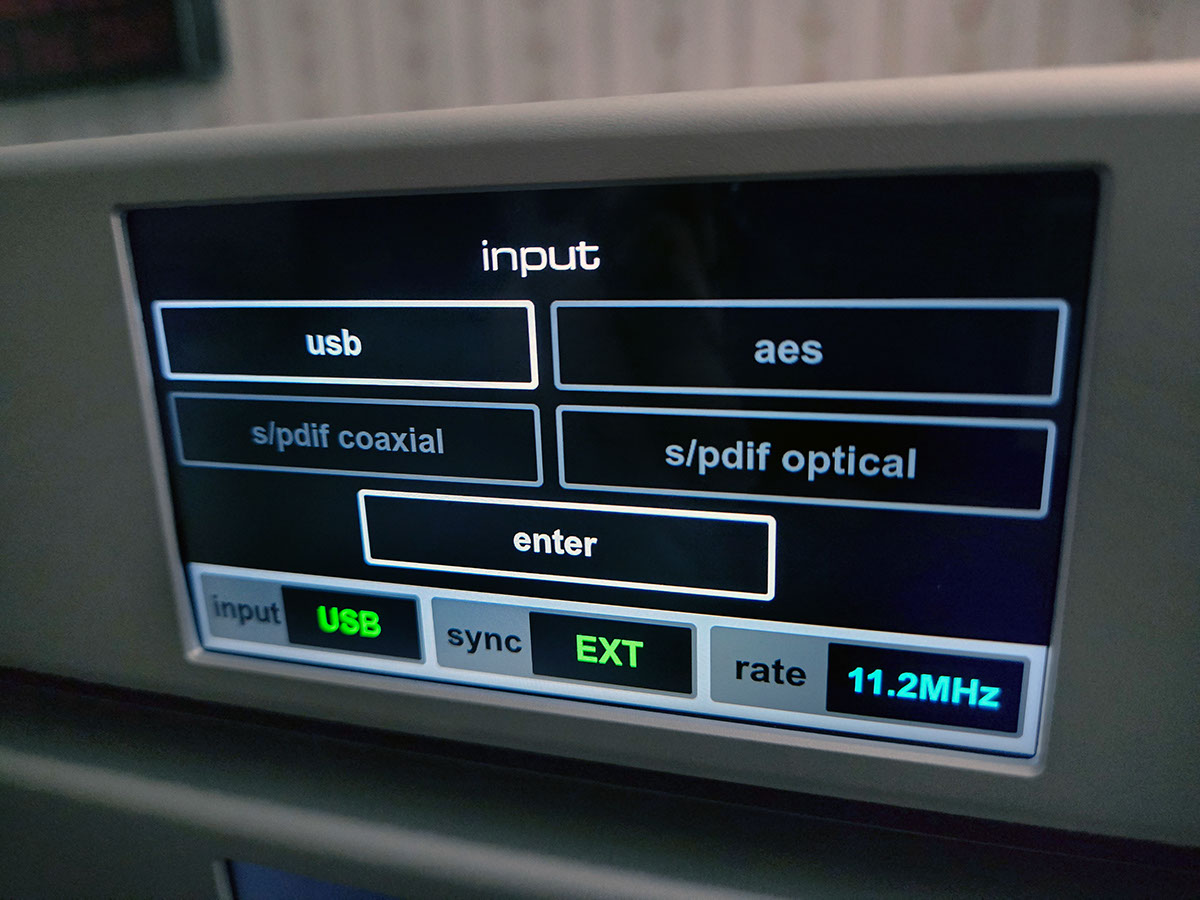
What also became obvious in short order was that this Master Fidelity suite was presenting a host of remarkable sonic advances. I was struck by the way these devices were able to present music with a more nuanced fluidity and vibrant dynamism. Instrumental voices were now presented with more distinctive individuality, offering refined separateness and specificity, infusing the resultant sonic envelope they generate with a more authentic character of "liveness," and contributing to a more convincing sense of the corporeality and space of recordings.
There was also a surfeit of newfound clarity, and not just because of their perceptible reduction of previously unnoticed haze or congestion throughout the general musical tapestry. While that was true enough, there was also now a notably improved sense of illumination and vibrancy in tonality, which contributed to heightened timbral authenticity and a more detailed, distinctive rendering of instrumental textures.
The steadfast, unshakable degree of authenticity these products routinely deliver takes you deeper into, and closer to, recorded performances. They deliver a level of clarity, of lucidity—and not just by their notable reduction of masking or indistinctness—that makes for a musical presentation with greater refinement and intelligibility. The resultant elevation of transparency into the performance constructs a musical envelope markedly both more detailed and relaxed sounding at once.
Exploring individual areas of bandwidth, bass was now imparted with greater power and impact, conveying more vivid detail, dimensionality, and definition. Midrange was not only portrayed with enhanced clarification and refinement but was rendered with more honest and faithful fundamental pitch definition and tonal color. The newfound air and space exposed up top, beginning in the upper mids, say above about thirty-five hundred Hertz, was more vital, presenting with more distinctive decay and remarkably lifelike shimmer and sheen—all with no glare, grain, or etch.
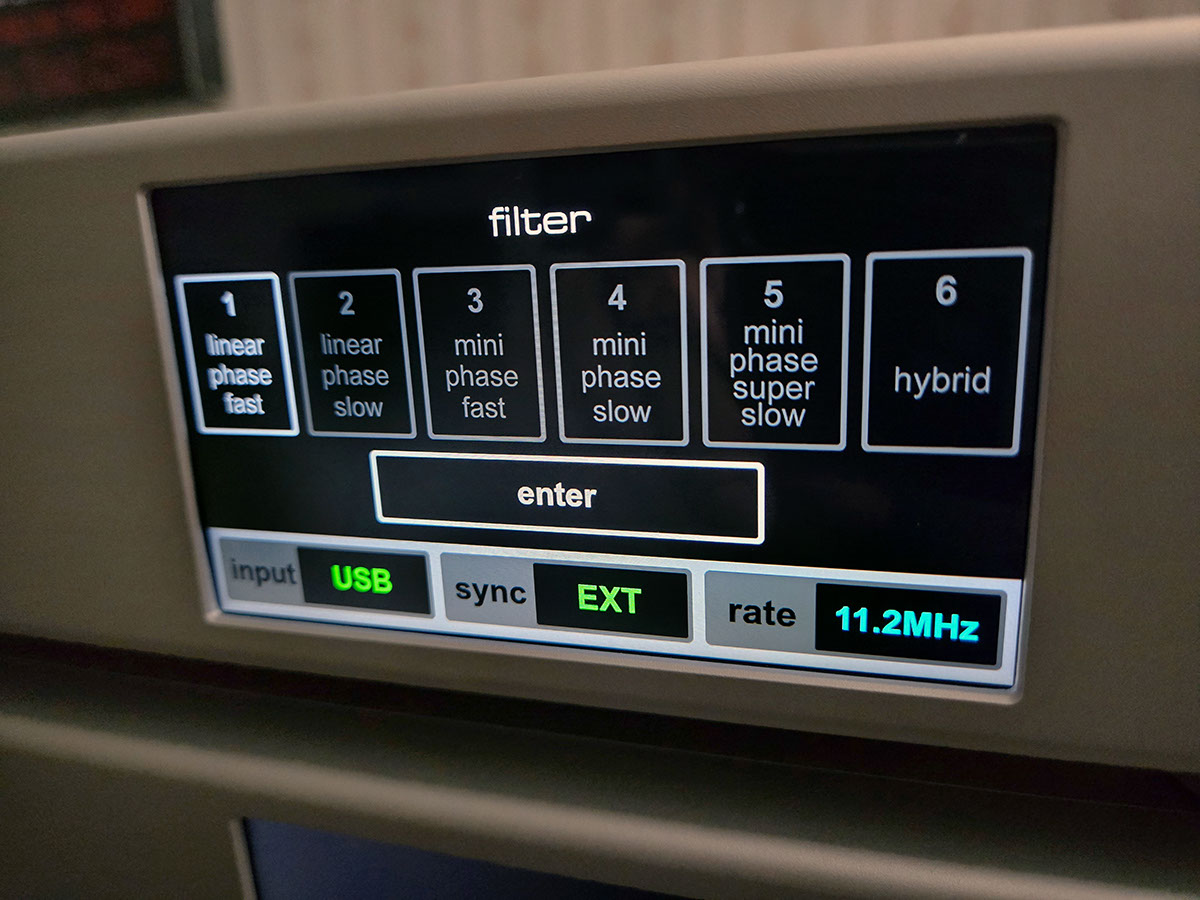
Sourced files, from simple Redbook rips of my CDs to native Quad DSD files, were now expressed with a more natural and articulate character to instrumental voices, without artificially spotlighting any range, much more closely emulating the ease, naturalness, and fluidity that seem to flow more readily and naturally with analog playback systems.
All these newfound attributes synergize, contributing to an enhanced realization of instrumental body and bloom, while rendering a sonic landscape that was clearer, more refined, more tangible and credible. Music is presented with more authentic corporeality, texture, and especially tonality than I've ever experienced before.
What shone through now was a dramatic new level of unobstructed nuance, intimately presented, immediate, and naturally rendered. Their voice represents a clearly significant step closer to the recording, as if I were listening to the original master tape—or even the microphone feed.
Achievement
Their unparalleled strengths allow them to reconstitute digital music files in the most natural, relaxed, artifact and distortion-free manner I've encountered, period. The synergy of their superb attributes presents digital music in a manner that more closely approximates the sonic characteristics of live performance rather than recordings.
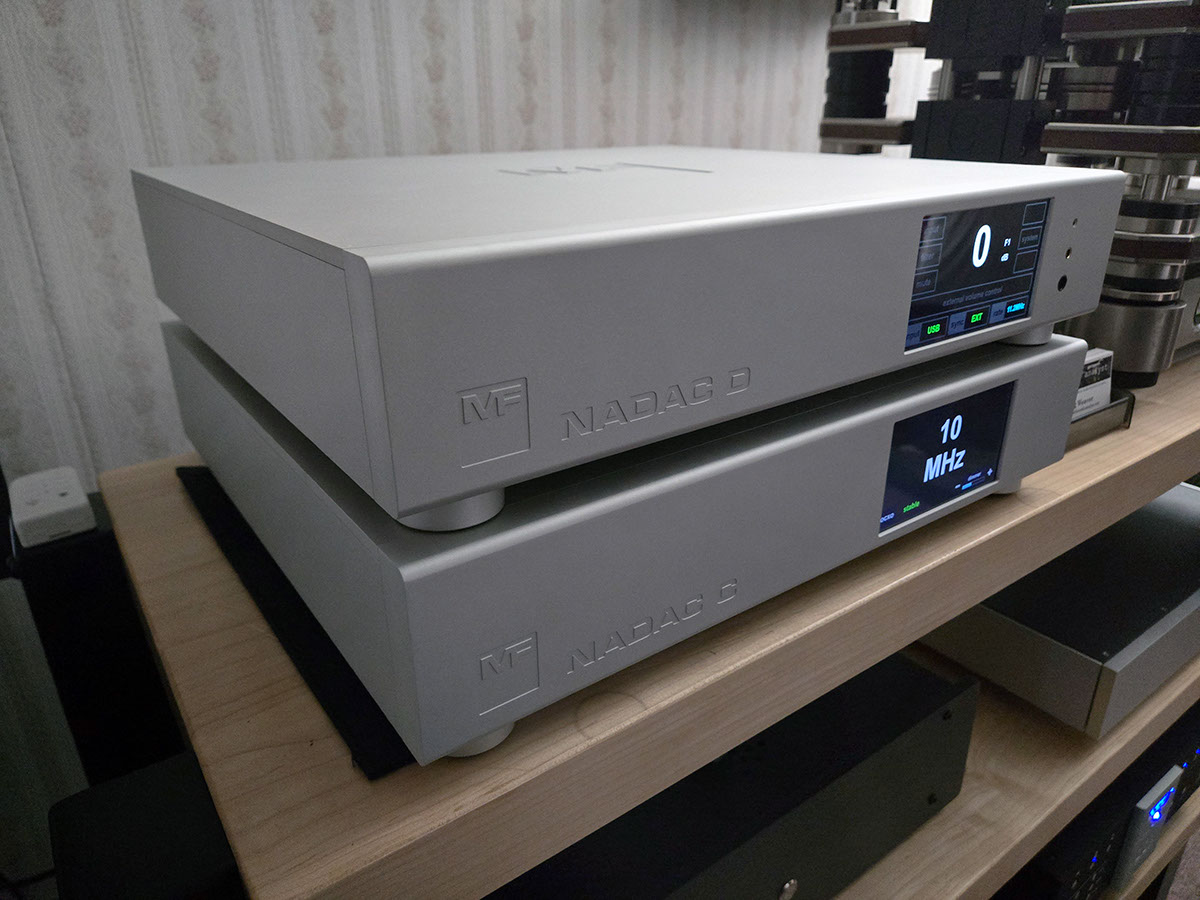
The true power of this Master Fidelity two-box system lies in its ability to achieve that grandest aural deception, fostering the suspension of disbelief, more credibly allowing us to convince ourselves that we are in the presence of a living, breathing performance. Their ability to create that grand illusion, naturally, effortlessly, and authentically, is not merely among the best I've heard; it sets a new benchmark for such performance in my experience.
You owe it to yourself to experience the unmatched musical spell these extraordinary components routinely craft. Go out of your way to audition them—at a show or by appointment with GTT Audio.
But be warned! Once you experience and grasp the Master Fidelity NADAC perspective, you will likely find that you will be unwilling, even unable, to accept anything less! If I had the means, they would assume residency in my music room.
For more information and current pricing, or to arrange an audition in North America:
GTT Audio – Bill Parish
356 Naughright Road
Long Valley, NJ 07853
Phone/Hours
Monday-Saturday call to schedule a demonstration.
908.850.3092
Monday – Friday: 8:30AM – 6:30PM
Saturday & Sunday: No Phone Hours

